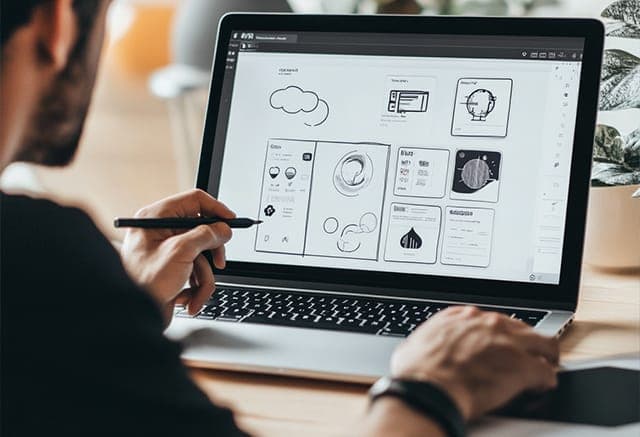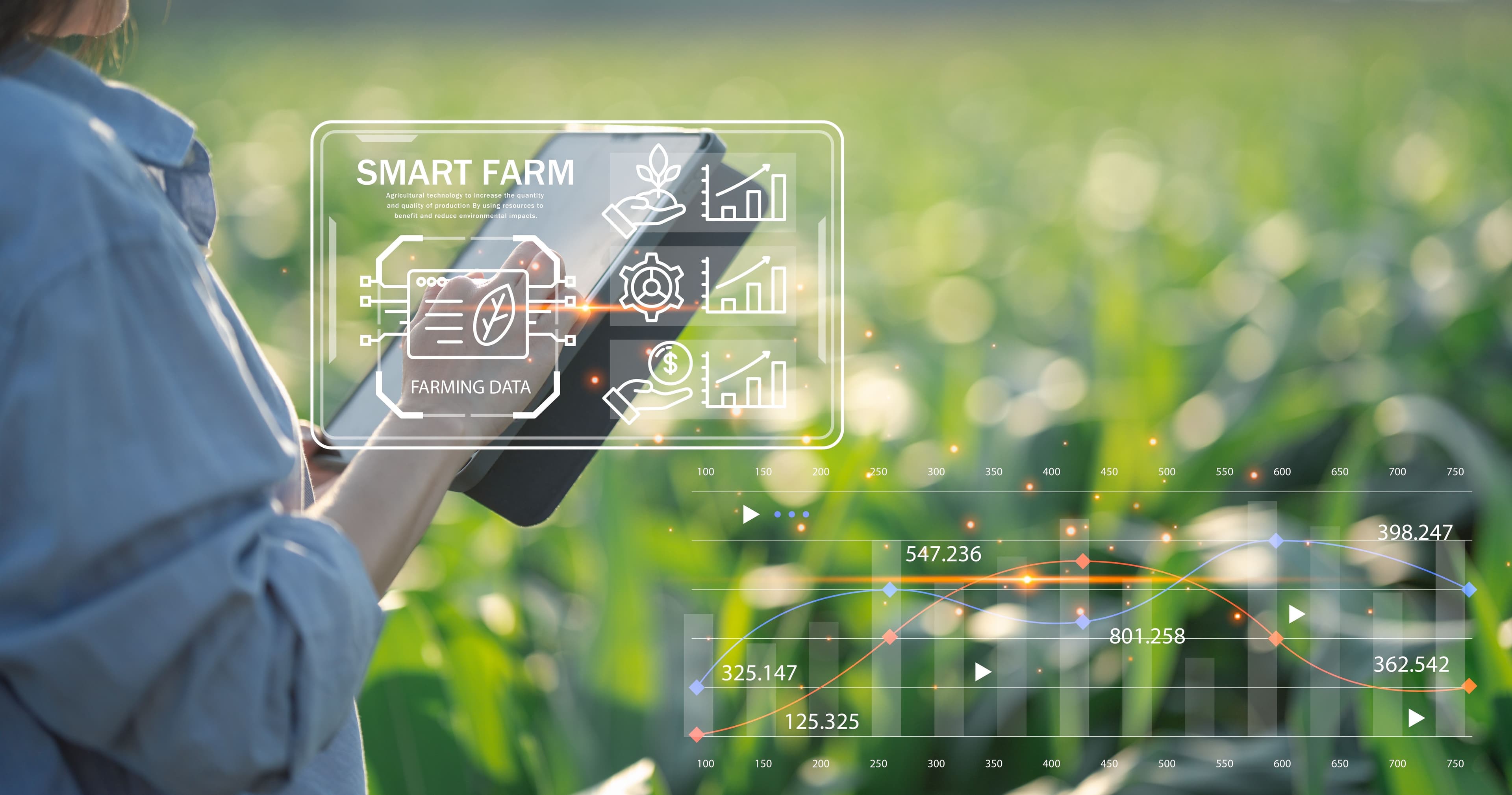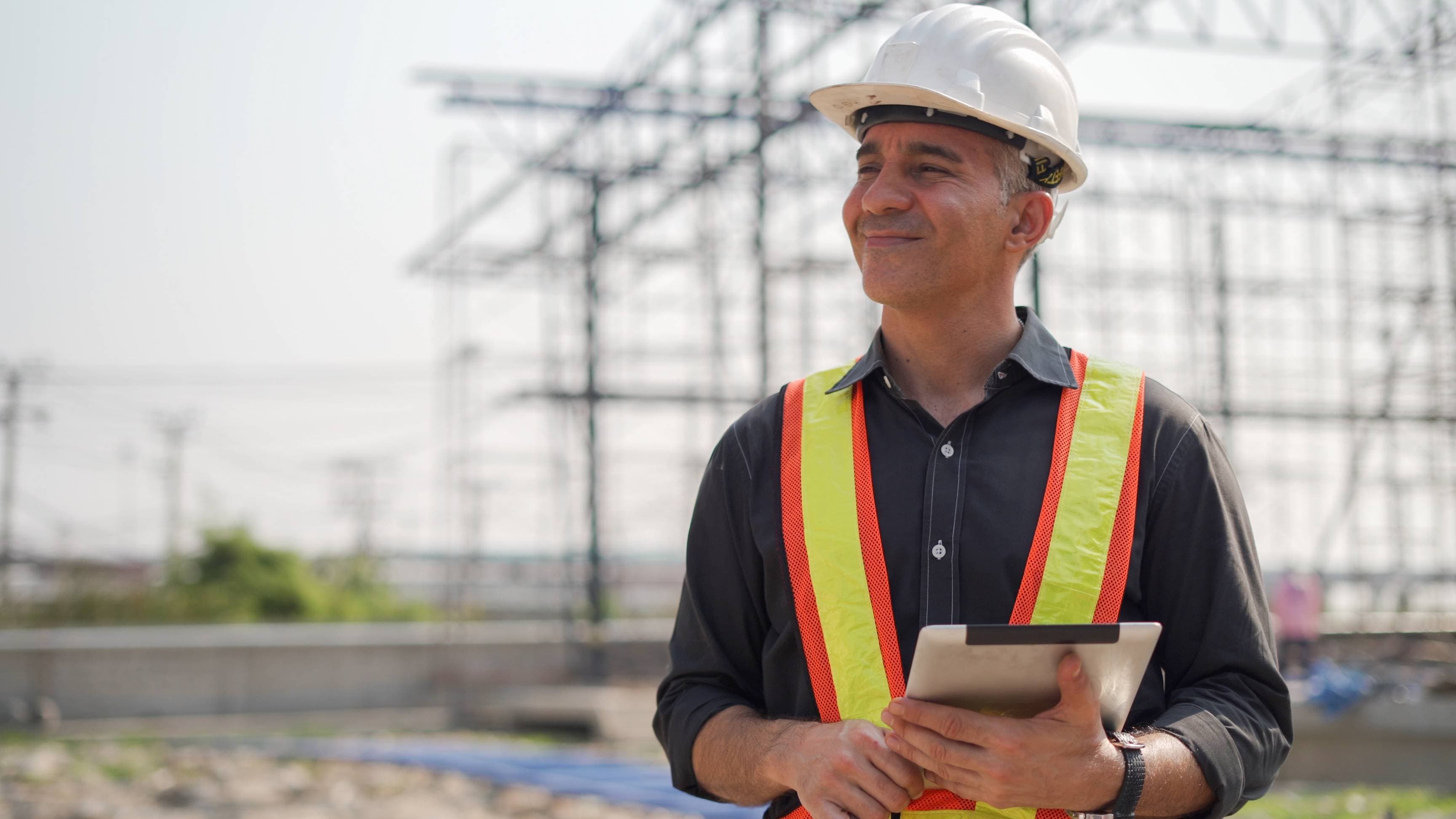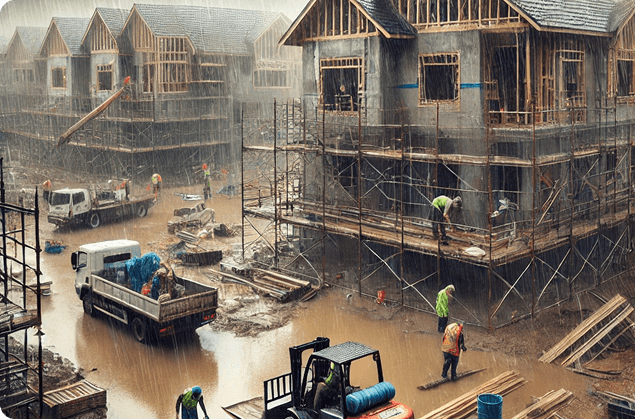Designing A Standout Weather App

Designing a standout Weather App
Designing a weather app may seem straightforward at first glance, but creating one that stands out as cool and functional requires creativity, user-centered design, and innovative features. With many weather apps already available, a unique approach is essential to capture user interest and deliver value.
While designing EnvrTrack, we explored the core principles and design elements that can turn a weather app from functional to exceptional, focused on aesthetics, usability, Personalization, and cutting-edge technology. This blog outlines our experience of designing EnvrTrack.
1. Embrace Minimalism with Purposeful Aesthetics
EnvrTrack prioritizes simplicity and clarity, ensuring users can quickly find the necessary information. Simplicity doesn't mean stripping the app down to bare bones but embracing purposeful minimalism that's visually appealing and easy to navigate.
- Visual Simplicity: We used a clean layout with plenty of whitespace, guiding users' eyes to key information like temperature, precipitation, and forecasts without clutter. Clear, bold typography for essential data and a restrained modern color palette keep the design fresh and engaging.
- Weather-Based Themes: We considered a design that dynamically changes to reflect the current weather. For example, a rainy day could introduce a calming blue-gray theme, while a sunny day might use warm yellows and oranges. Weather-based theme functionality makes the app feel alive and relevant, drawing users in each time they check the forecast. The functionality will be added in the later release.
- Interactive Icons and Micro-Animations: In the next release, we have added subtle animations that respond to user interactions, like raindrops moving when the screen is tapped or clouds shifting slightly as users scroll. These small touches delight users and keep them engaged without overwhelming them.
2. Prioritize Personalization for a Tailored Experience
Weather apps are typically one-size-fits-all, but tailoring content based on user preferences can make your app stand out. Adding personalized features enhances user engagement and makes the app feel genuinely helpful.
- User Preferences for Displayed Data: EnvrTrack sets the user preferences based on which industry the user belongs to, such as construction, Agriculture, or Aeronautics, or whether the user will use the app for general purposes. Based on their needs, users decide which information they want to see first: Historical rainfall date, forecast or real-time temperature, wind speed, UV index, or air quality. Customizable modules allow users to make the app their own, providing an experience that fits their lifestyle.
- Activity-Based Forecasts: We offer weather forecasts tied to activities the user might enjoy. For example, if users select "Running" or "Hiking" in their preferences, the app can alert them when the weather is perfect for these activities.
- Location-Based Suggestions: EnvrTrack can personalize weather or rainfall alerts based on the user's favorite locations or frequent destinations. If adverse weather affects the user's commute or preferred hiking spot, the app can notify them in advance, making it helpful and proactive.
3. Build in Real-Time Alerts and Smart Notifications
A weather app's utility is to keep users informed about conditions that impact their day-to-day activities. Smart notifications ensure the app performs its job, so users don't have to check it constantly.
- Impact-Driven Notifications: Instead of generic notifications, alerts directly affect the user's life. For instance, notify users if rain will start around their usual commute time or if air quality will worsen during their scheduled outdoor run.
- Health and Safety Alerts: For users who are health-conscious or have respiratory concerns, include real-time air quality alerts, UV levels, and pollen counts. Notifications could recommend masks during high-pollution days or hydration reminders during extreme heat.
- Location-Specific Storm Alerts: Tailor storm notifications by intensity and relevance to each user's location. For instance, users could opt in for alerts only when there's a severe weather warning within a specific radius, reducing notification fatigue and keeping alerts meaningful.
4. Enhance User Experience with Micro-Interactions and Gesture-Based Navigation
Micro-interactions and gesture-based navigation add a tactile, intuitive feel to the app, creating a seamless and enjoyable user experience. Small interactions make the app feel responsive and alive, encouraging users to return.
- Swipe to Explore Forecasts: Allow users to swipe between daily, hourly, and weekly forecasts. Swiping can also reveal different modules, such as air quality, UV index, or precipitation chances, without navigating to separate screens.
- Tap for Details with Haptic Feedback: Tapping on weather icons shows details like expected temperature shifts or humidity levels, with slight haptic feedback miming the physical sensation of pressing a button.
- Customizable Widgets for Quick Access: we also offer customizable widgets that users can place on their home screens, providing instant access to essential weather information at a glance.
- 5. Lifestyle Features for an Integrated User Experience
EnvrTrack includes lifestyle forecasts and tips that can become a go-to resource for users, making the app more than just a forecast tool.
- Activity Recommendations: EnvrTrack suggests weather-dependent activities like outdoor exercise, hiking, or dining. It could also suggest clothing based on temperature, helping users dress comfortably for the day ahead.
- Seasonal Insights: EnvrTrack is designed to use historical data to give seasonal advice, like warning of high pollen in spring or preparing for cold snaps in winter. This can help users plan accordingly, adding value beyond the immediate forecast.
Conclusion: Bringing It All Together
Designing a cool weather app requires an innovative approach beyond simple forecasts to deliver a dynamic, user-centered experience. By focusing on Personalization, immersive visuals, real-time alerts, and lifestyle features, your weather app can become essential to users' daily routines.
Incorporating these design elements sets EnvrTrack apart, making it a reliable source of weather information and an engaging platform that offers proactive insights and helps users make smarter decisions based on the forecast. It also provides historical data on rainfall and weather that is useful for analyzing trends.


